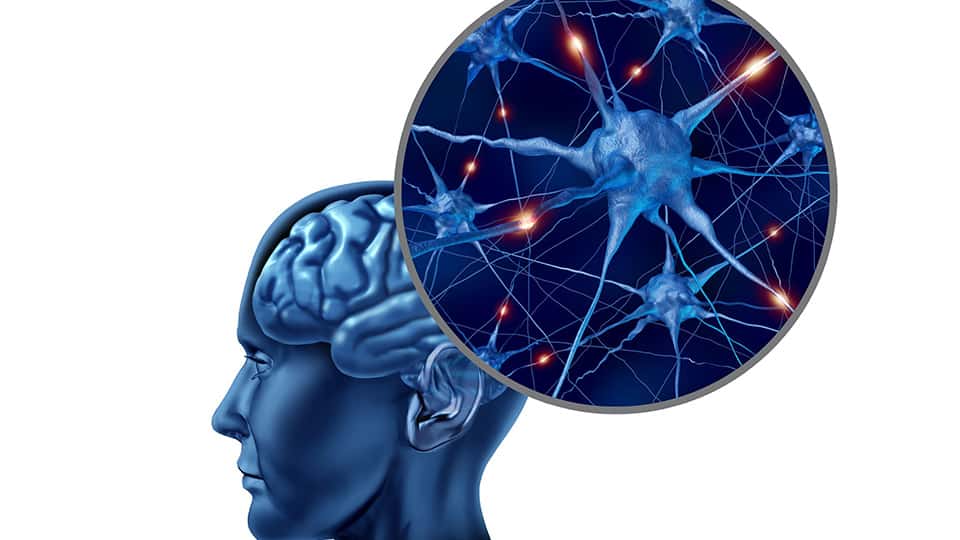Brain Works

The brain is a fascinating organ that gives us the power to speak, think and act. Just the size of a cauliflower, our brain also controls our body’s temperature, blood pressure, heart rate and breathing. It accepts a flood of information about the world around us using our five senses. Our physical movements also are controlled by the brain. It enables us to think, dream, reason and experience emotions.
Together, the brain, spinal cord and peripheral nerves make up the central nervous system, a complex, integrated information processing and control system. The delicateness of the brain, spinal cord and nerves means that even a small area of damage of the central nervous system could severely affect our thinking, our actions and behaviour.
Stroke of Difference
Stroke is Singapore’s fourth leading cause of death and the 8th cause of hospitalisation. While the number of deaths and admissions to Singapore hospitals for stroke has been rising; however, mortality rates for stroke for both women and men have been falling.
Stroke occurs due to blockage (75% of cases) or rupture (25% of cases) of brain blood vessels. There are a number of well-recognised modifiable stroke risk factors, among which, hypertension, smoking, diabetes mellitus, and high cholesterol are the more common ones, shared Dr N. V. Ramani, Specialist in Neurology, Raffles Neuroscience Centre.
Screening Sound Waves
While an angiogram, which requires the insertion of a plastic tube into blood vessels and injection of a dye (DSA), is the current gold standard to study blood vessels, non-invasive methods using magnetic resonance angiography (MRA scan) and computed tomographic angiography (CTA scan) are more widely used as screening tests.
Another technique to study blood vessels is ultrasound, where high frequency sound waves inaudible to the human ear are transmitted through the skull bone and focused on brain vessels. “Ultrasound is safe, non-invasive, cheap, and gives ‘live’ information,” explained Dr Ramani. “Moreover, it does not carry the risk of radiation and has no contraindications. In trained hands, it is as good as MRA, and almost as good as DSA.”
Having a better understanding of the blood supply to the brain will help doctors determine the mechanism for the stroke, advice on risks for recurrence, and thus plan appropriate, patient-specific treatments.
Busting Clots with Sound Waves
Currently, intravenous infusion of the clot buster, recombinant tissue plasminogen activator (rtPA), is the only approved treatment for acute ischaemic stroke. This is able to improve functional outcome if given up to 4.5 hours from the onset of stroke symptoms. However, half of the patients still have unfavourable outcomes in the long run.
Thus, the use of ultrasound to help dissolve blood clots in brain vessels is being explored. This is called sonothrombolysis. “This approach accelerates the clotbusting effect of rtPA resulting in higher rates of opening up of blocked blood vessels, and a trend towards better functional outcomes. Used within 3 hours of onset of stroke due to brain blockage, it can enhance the effects of clot-busters,” said Dr Ramani.
Sonothrombolysis is undergoing clinical trials to further clarify its role among treatments in the hyper-acute phase of stroke.
Botox® to the Rescue / Needle Pokes for Stroke Spasticity
For patients who are hit by stroke, recovery after stroke can vary from full to partial recovery or even no recovery at all.
Dr Alvin Seah, Specialist in Neurology, Raffles Neuroscience Centre said: “Post-stroke spasticity or muscle tightness that inhibits movement is a common issue for stroke patients. Disabling spasticity affects between 17 to 30 per cent of stroke survivors and can lead to functional limitations, discomfort and pain. Upper limb spasticity can affect patients’ mobility, comfort and their ability to dress, wash or feed themselves and perform other activities of daily living.”
Recent developments have showed that botulinum toxin injections over the first year after a stroke can help patients improve their muscle tone, and reduce pain in the arms and hands, significantly improving their quality of life. Studies have shown that patients observe improvements of the muscle tone in the wrist, fingers, thumb, and elbow within six weeks of treatment.
Post-stroke spasticity can lead to complications such as the permanent shortening of affected muscles and tendons. “As such, early and effective intervention, such as botulinum toxin injection, is crucial to prevent disability in patients, and reduce the emotional and financial stress on caregivers and the health care system,” shared Dr Seah.
Brain Rupture
You may have heard of the term brain aneurysm, which is an abnormal, weak spot on a blood vessel that causes an outward bulging or ballooning of the arterial wall. Aneurysm can occur anywhere in the body, those in the head can cause haemorrhagic stroke when they rupture, which can lead to brain damage and even death. Some patients with unruptured brain aneurysms complain of severe headaches or change in the type of headaches they have been experiencing before. This may be a sign that the aneurysm may be at risk of bleeding.
Treatment of brain aneurysm is either through open surgery where the aneurysm is clipped, or it can be treated by filling it up with extremely thin metal wires called coils. During open surgery, your scalp, skull, and the coverings of the brain are opened up and a metal clip is placed at the base of the aneurysm to prevent it from rupturing.
The minimally invasive method of treatment is through endovascular coiling. “A catheter is guided through a small cut in your groin to an artery and then to the small blood vessels in your brain where the aneurysm is,” explained Dr Manish Taneja, Specialist in Interventional Radiology & Consultant, Raffles Radiology. “Thin metal wires are then inserted into the aneurysm. They will coil up into a mesh ball. Blood clots that form around this coil will prevent the aneurysm from rupturing and bleeding.”
Be the First to Know!
Like what you see? Receive more health and wellness articles from Raffles Medical Group to aid you in leading a healthy lifestyle.





